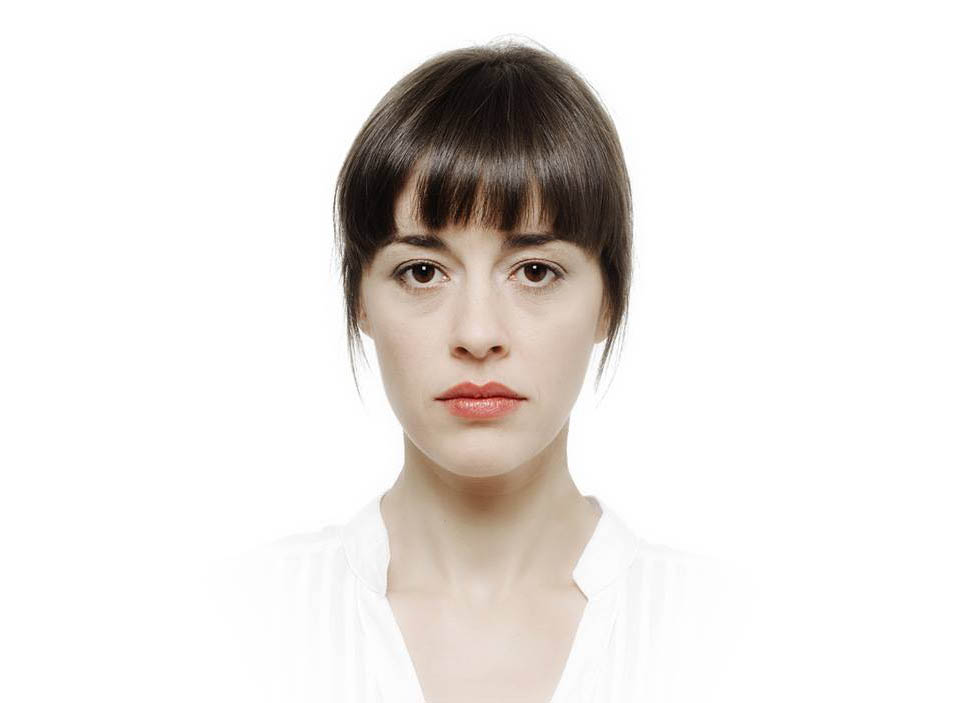Saskia Venegas is the composer for 2021 Composer’s Treat.
Venegas is profoundly interested in portraying and reflecting upon human social and political behaviour in her creations. Compositions like At the Aegean Shores performed by the Antwerp Symphony Orchestra, was a narration of the horrors she witnessed while working in a refugee camp in Lesbos. Her ensemble piece A veces el silencio es la peor mentira (Sometimes silence is the biggest lie), performed by Hermes Ensemble, is a reflection on the open wounds of her country and critique on the existence of the “Valley of the fallen”, a Catholic basilica and a monumental memorial where Spanish dictator Franco was buried (until Oct 2019). This work made her go further and investigate compositions of oppressed composers of the Spanish dictatorship. Her search of their lost names, biographies and missing works gave birth to her project Spain’s silenced voices presented by Ensemble Oihua, an ensemble that she herself founded while being its artistic director. The performances were acted out in several Spanish theaters with the support of the Spanish ministry of justice. Her world view connected her with the famous Swiss theater director, journalist, essayist and lecturer Milo Rau, working as a composer in his last two theatre productions “Orestes in Mosul” (2019) and “Family” (2020).
Saskia says about her upcoming work for Two Envelopes , harpsichord & percussion: ‘The instrumentation of this ensemble as well as the name of their group made me think of a theater play. I immediately thought of telling a story, I had an image of a conversation between two good friends who are dealing with the same situation, isolation, in a very different way. Therefore I asked two poets, who have quite different styles, and are also very good friends, to create a text for this piece based on an exchange of letters. I would like to experiment on how to tell two stories at the same time, on what to give and what to hide. On how to play with the idea of narration and in which ways entangle one story with the other and maybe end up with a new one…. In order for me to express the concept of these two poems I would like to first research the timbral possibilities of the harpsichord, what the body of the instrument holds inside. I’m curious to experiment with different percussive instrument combinations in order to search for a variety of textures and color fields between these two instrumentalists.’
